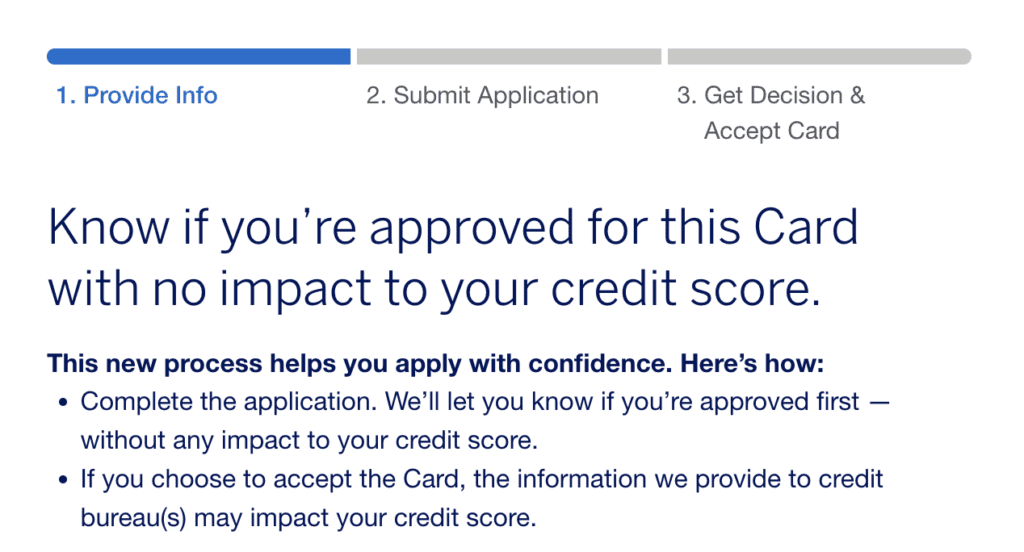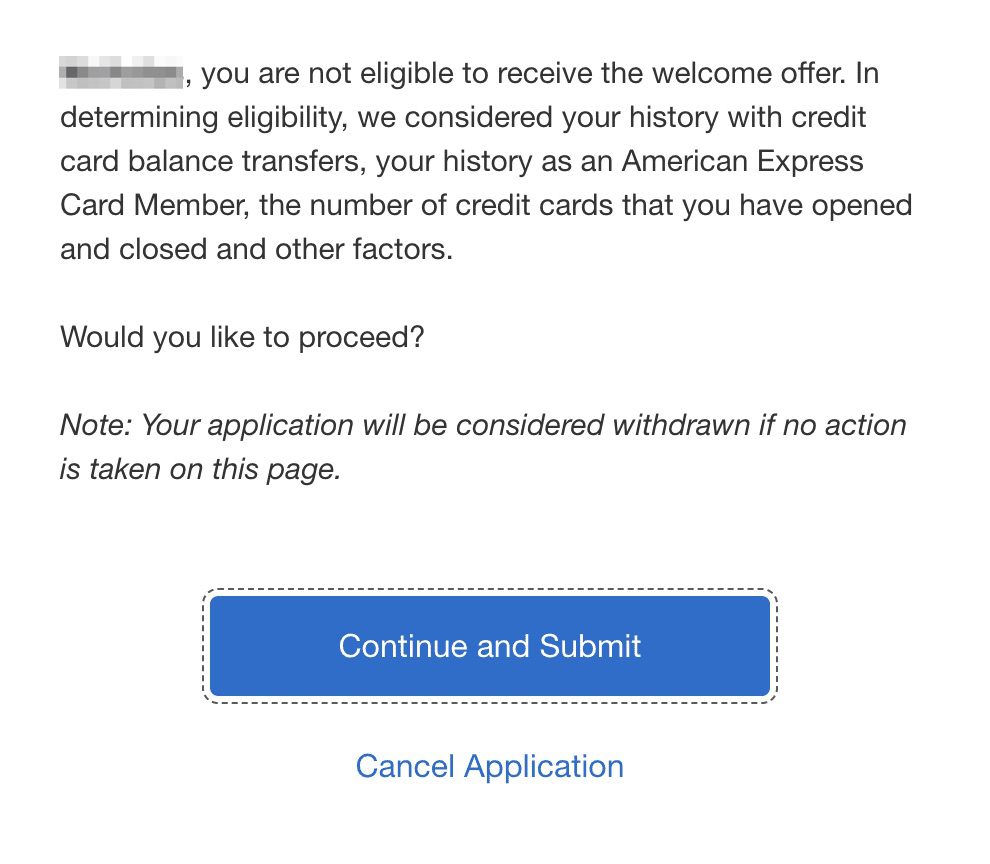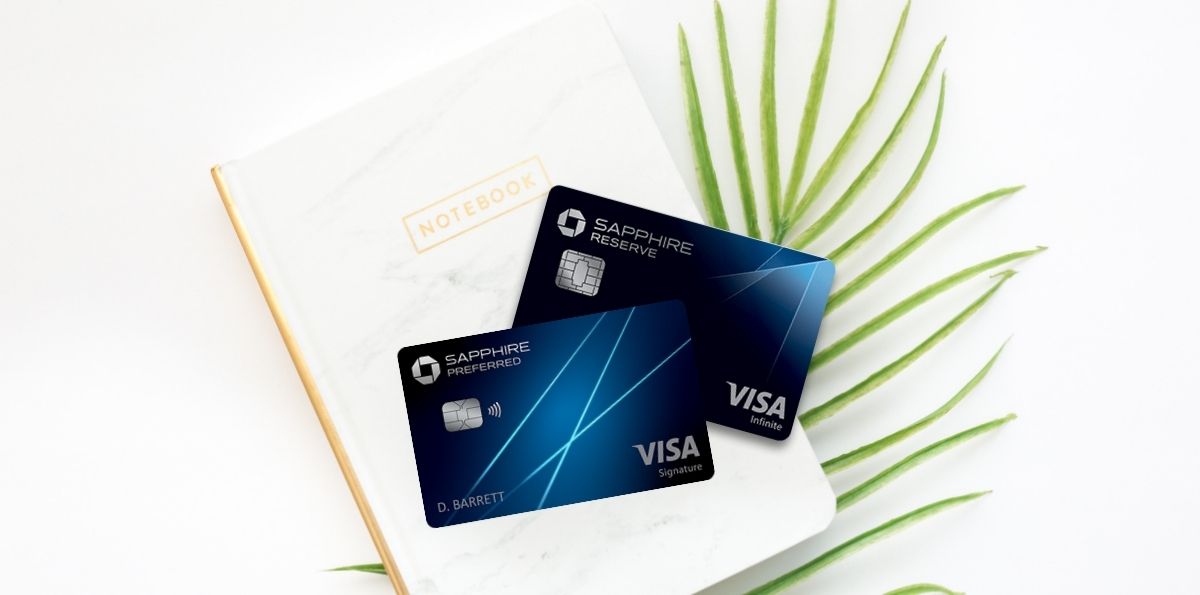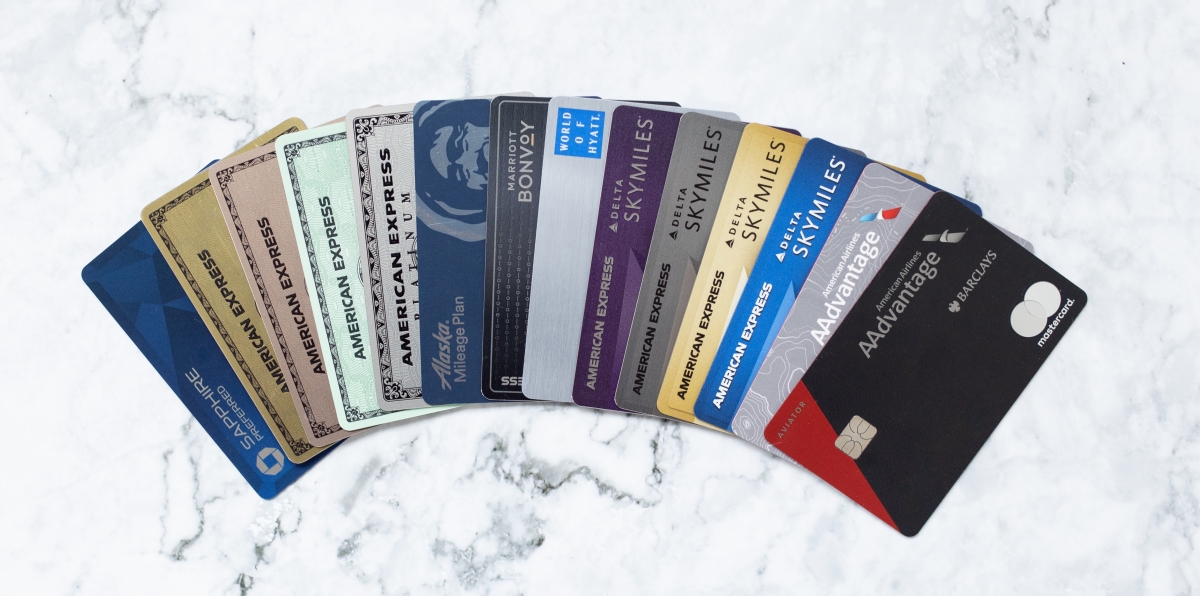For years, American Express has been crystal clear: You can only earn a welcome offer on each of its cards once per lifetime. But that long-standing rule might not mean what it used to.
I recently put that to the test – and the results surprised me. I was approved for a new *amex platinum* in mid-September, complete with a new welcome offer … less than three years after I last closed the same card.
Historically, that shouldn’t have been possible. I first opened the Platinum Card on Nov. 19, 2020, earned the welcome offer bonus in early 2021, and then closed it on Dec. 14, 2022. By Amex’s own definition, I shouldn’t be eligible for another Platinum Card bonus in this lifetime – or at least for seven years, which is what many data points have long suggested “lifetime” really means. But Amex clearly saw things differently this time around.
So, what’s changed?
Get more points and credit card news in your inbox every Monday – sign up for The Extra Mile newsletter for free!
The “Once Per Lifetime” Rule … & Why It’s So Important
For more than a decade, American Express has restricted new cardmember welcome bonuses to a single shot per product. If you earned a welcome offer on the Platinum Card, for example, you couldn’t get it again … ever. That policy set Amex apart from competitors like Chase or Capital One, which have historically allowed repeat bonuses after a few years.
As we’ve outlined in our complete guide to credit card application rules, Amex still publicly references this approach, but the actual language of its offer terms has changed.
In fact, Amex’s “once per lifetime” rule used to be spelled out plainly. Back in 2021, the terms for the American Express Platinum Card® clearly stated: “Welcome offer not available to applicants who have or have had this product.” That language appeared across most Amex cards at the time, making the policy unmistakable.
You can still see that wording for yourself in this archived 2021 Amex Platinum Card offer document.
But more recent terms tell a different story: Today, Amex says you “may not be eligible to receive a welcome offer if you have or have had this card” – with “may” doing a lot of heavy lifting. The terms go on to state that you “may not be eligible to receive a welcome offer” based on other factors like your card history and account activity, but again it leaves the door open to interpretation.
There’s also one important caveat to this rule: so-called “No Lifetime Language” (or NLL) offers. These targeted Amex offer links sometimes exclude any mention of the once-per-lifetime rule, allowing previous cardholders to earn a new welcome bonus even if they’ve had the same card before. Those NLL offers still exist today and are one of the few official exceptions to the rule.
But in my case, I didn’t apply through an NLL offer. I used a standard public link for the Platinum Card and was still approved to earn a bonus. That makes this example even more interesting, as it suggests Amex may now be granting eligibility more broadly, even outside those special targeted links.
That subtle shift from a firm rule to flexible wording suggests that Amex may no longer treat the “once per lifetime” rule as an ironclad policy.
Enter: Apply with Confidence
In 2023, Amex launched its new Apply with Confidence tool, allowing users to see whether they’ll be approved for a card before submitting a full application. After you fill out the application (but before you hit submit and have your credit pulled), Amex gives you a pre-approval decision – and crucially, it also checks whether you’re eligible for a welcome offer.

If you’ve had the card before, Amex will display a warning message: “You are not eligible to receive the welcome offer.” That gives you the option to back out before you trigger a hard credit pull.
That shift was more than a user-friendly change. It signaled that Amex had built new, behind-the-scenes systems to determine eligibility in real time – based on your full history with the bank, your spending habits, and even the timing of when you last held the card. In other words: eligibility is now individualized, not universal.
What About Amex Pop-Up Jail?
If you’ve ever applied for a new Amex card and seen a pop-up warning that says you’re not eligible for the welcome offer, you’ve met what’s known as Amex pop-up jail.
This feature appeared several years ago as a way for Amex to flag applicants who don’t qualify for a new card bonus – usually because they’ve opened or closed too many cards, haven’t spent much on their existing Amex accounts, or have already earned the same card’s bonus.
That pop-up can appear for a handful of reasons, from poor recent engagement to what Amex likely perceives as welcome offer-chasing behavior. But it’s also proof that Amex is constantly assessing risk and customer value behind the scenes. Rather than enforcing a hard “once per lifetime” rule across the board, Amex uses these internal systems to decide in real time who qualifies and who doesn’t.

Combined with the Apply with Confidence tool, the decision-making process is now highly dynamic. Amex isn’t just looking at whether you’ve had a card before – it’s weighing your entire relationship with the bank.
The Rise of “As High As” Offers
Earlier this year, Amex introduced another significant change: so-called “As High As” welcome offers. Instead of advertising a single sign-up bonus, Amex now lists the maximum available offer – like “as high as 175,000 Membership Rewards points” on the Platinum Card, for example – while the actual bonus you get depends on your own profile and Amex’s internal modeling.
Officially, here is how that bonus offer reads: bonus_miles_full
That shift gives Amex enormous flexibility to tailor offers to each applicant. Two people could apply for the same card on the same day and see completely different results – both in terms of approval and bonus size. It’s another sign that Amex has moved away from one-size-fits-all rules and toward case-by-case decisions powered by its internal data. That likely includes how the old “once per lifetime” restriction is applied.
It’s no coincidence that these changes are happening in quick succession. Together, they point to a major evolution in how Amex evaluates card applications.
Behind the scenes, Amex has likely made significant upgrades to the algorithms it uses to assess risk, creditworthiness, and overall customer value. With those systems in place, the bank can make much more granular decisions – like whether to extend a welcome offer to a returning cardholder it considers low-risk or highly profitable.
In short, Amex’s improved data models may be giving the bank the confidence it needs to loosen the reins on long-standing restrictions like the “once-per-lifetime” rule. That could explain why some applicants, like me, are once again being approved for cards they’ve already had – complete with welcome bonuses attached.
My Recent Data Point
These changes aren't just theoretical – I've seen them firsthand. In my case, the offer I received was for 80,000 Membership Rewards® points after spending $8,000 in the first six months of card membership. Not nearly as high as the offer they advertise, but one I was willing to accept – especially given the circumstances.
And I'm not alone: We've heard from other readers who've held the Amex Platinum (as recently as last year) and got approved for the card again … with a welcome offer attached.
All this suggests that Amex’s backend system is deeming some new cardholders as “eligible” despite the terms stating otherwise.
Bottom Line
It’s too early to say definitively that Amex has killed off its “once-per-lifetime” rule – but it’s clear that it’s not as absolute as it once was. Between Apply with Confidence, As High As offers, and Amex’s smarter behind-the-scenes algorithms, eligibility now seems more flexible than ever.
The best advice? If it’s been a few years since you closed your last Amex card, and you see a solid welcome offer, it might be worth trying your luck. Thanks to Amex’s Apply with Confidence tool, there’s no harm in checking if you’re eligible: If you get the dreaded “welcome offer not available” message, you can simply back out before submitting and avoid a hard credit pull.







@Nick Serati – does this mean that Amex gave you a SUB for the Platinum Card as part of an offer that included the lifetime limitation language even though you held the card as recently as December2022?
Hey Mike. Yes that is correct.
It seems it’s not just the Platinum Card either. I got a Delta Platinum card a little over a year ago and went the upgrade route to the Delta Reserve at my 1 year mark. I just recently applied for and got the Delta Platinum card again (wanted that automatic Silver Medallion status) and a 90k points with $4k purchase within 6 months offer.
Nick,
I am in a similar position and was told that I was not eligible for the welcome bonus at this time. I backed out without a credit hit.
Great article. Question – how exactly do i find a link to apply that is not NLL? Thank you
Hi Brad, any standard link is not going to have the NLL language. You can use the link at the top of the article if you need one.